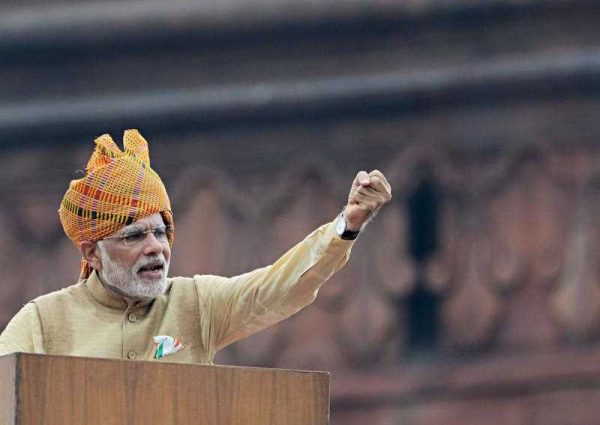The popular notion is that Indian growth dropped off because there was a decline in domestic demand driven by the levelling off of rural income growth, while productivity of capital also declined due to mounting infrastructural and governance bottlenecks. But the fall in India’s GDP growth has had more to do with external demand than is often believed. As export growth floundered on account of a second dip in the global economy following the sharp recovery of 2010, India’s GDP growth fell sharply.
This was because external drivers had in fact been an important part of India’s growth story prior to the crisis. The sharp increase in India’s trend growth after 1991 went hand in hand with greater outward orientation. Goods and services exports were less than 7 per cent of the national income in 1990. But this was to change dramatically, driven by the growth of both manufacturing and services exports, led in particular by India’s dynamic Information Technology Enabled Services (ITES). After 1990, merchandise exports’ share of GDP doubled, and services’ share almost trebled.
Unsurprisingly, this shift coincided with a sharp increase in trend growth in GDP. Still, India remained much less dependent on global demand than China at the outset of the global financial crisis, exporting just 20 per cent of its goods and services, compared to China’s 40 per cent in 2007.
By 2012 India’s export ratio had risen to 24 per cent, while China’s had declined to 27 per cent. India’s adjustment to the collapse in global demand in the wake of the global financial crisis was thus more imbalanced than that of China. This short term maladjustment partly explains why India’s growth declined more sharply.
The other reason is structural. As is well known, the last few decades witnessed a rebalancing of global demand with trend growth declining in OECD countries even as it accelerated in emerging markets and developing countries. The direction of Indian merchandise trade adjusted to this by moving away from the OECD and former Soviet countries to China, ASEAN and the Middle East. On the other hand, the direction of India’s booming service sector exports, which grew robustly on the back of high per capita incomes in OECD countries, has not shifted.
This has meant India’s service exports have been badly affected by the drop in demand in OECD countries in the wake of the global financial crisis. Importantly, both the sharp recovery and second dip was much more pronounced in emerging markets than in OECD countries. For this reason, Indian merchandize export performance in the wake of the global financial crisis was relatively good by global yardsticks, but has tended to fall off sharply in recent quarters. The share of service exports, which remain more dependent on OECD demand, stagnated at around 8 per cent of national income between 2007 and 2012. Over the same period, manufacturing exports rose from 13 per cent to almost 17 per cent of GDP.
The sharp slowdown in growth in both China and India suggests that their strategies for cushioning the impact of the global slowdown are unsustainable if the drop in demand in advanced economies is permanent, which might well be the case.
Both economies need rebalancing. China needs to reduce its reliance on foreign demand and domestic investment while increasing domestic consumption. This is what it seems to be consciously seeking to do, although its recent currency devaluations may be a sign of having second thoughts.
Given global headwinds, India too needs to reduce its reliance on external demand over the medium term, while also more fully leveraging its traditional strength, namely domestic demand. This means the government’s ‘Make in India’ campaign should focus more on the domestic market than on the external.
Over the long-term, India’s ITES sector needs to develop more domestic demand linkages and diversify away from its narrow US–Western Europe focus, just as its merchandise exports have done over the years.
Unlike China, the Indian economy needs to invest more, especially in infrastructure, while also improving the ease of doing business. Ramping up consumption to revive growth without boosting productivity is likely to lead to macroeconomic imbalances in the form of inflationary and current account pressures that ultimately derail growth. A more sustainable strategy to boost growth lies in improving the efficiency of capital deployed (capital invested to GDP is by no means low) over the medium term. This would involve shifting public expenditure away from consumption towards plugging growing infrastructure gaps and improving the environment for private investment. This would generate jobs and enhanced incomes, boosting consumption in a sustainable manner.
Alok Sheel is the additional chief secretary in the provincial government of Kerala. He was previously the secretary of the Prime Minister’s Economic Advisory Council, India.

